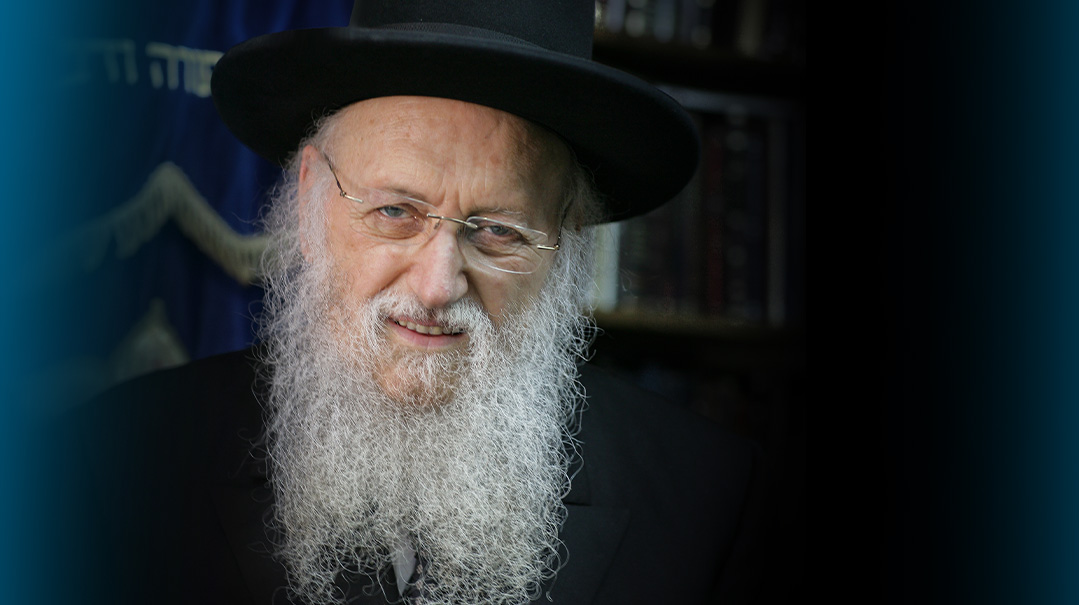The Bridge Builder

Rav Simcha Kook created a consensus in Rechovot and beyond

Rosh Hashanah was already a memory, the Yom Kippur spirit was in the air, but as rabbis all over the world prepared their Kol Nidrei derashos and answered sh’eilos about fasting, Rav Simcha Kook headed for Rechovot’s high schools.
Over almost five decades at the helm of the central Israel town, the Chief Rabbi — a fixture at every public event from a kollel siyum to the inauguration of a new police chief — had made a special effort to reach the town’s youth.
Yet that year, with the snow-white of his beard marking the onset of old age, the grueling task of speaking at the city’s many schools proved too much.
“We’ll put off the last few visits until after Yom Tov,” Rav Kook told his longtime assistant, Rabbi Nachman Fogel.
The next morning, Rabbi Fogel — a soft-spoken Vizhnitzer chassid who’d acted as the mazkir of the Rechovot Beis Din since 1973 — was surprised to hear that the venerable rav had changed his mind.
“I met a high school student on the street, and he told me that last year, he’d fasted on Yom Kippur because of the speech,” Rav Kook explained.
“I realized that I have to make the effort to speak in the rest of the schools, just in case there’s one student who’ll be encouraged to fast.”
It was that sense of responsibility that made Rav Simcha HaKohen Kook, who was niftar last month aged 92, a giant.
Descended from a princely rabbinic heritage, Rav Kook’s innate nobility made him a consensus figure across Israeli society, trusted equally by Rav Shach and l’havdil, leading secular politicians.
Rechovot’s chief rabbi was a man who encompassed many, often varying, worlds. He was a pioneer of chareidi Torah institutions, fierce defender of the Jewish right to the Land of Israel, equally at home talking to scientists and falafel store owners, a bridge-builder who was never afraid to take a stand.
Yet beneath the velvet and steel that alternated in his public persona, was one constant: “He never saw the rabbinate as a profession,” explains Rav Aryeh Kook, a son and rosh yeshivah at Rechovot’s Yeshivas Meor HaTalmud, which his father founded. “All of his different roles were an expression of his wish to serve Hashem and His people.
“As he often said about himself, echoing his great-uncle Rav Avraham Yitzchak HaKohen Kook: ‘I’m a servant to a holy people in the Holy Land.”
Oops! We could not locate your form.







